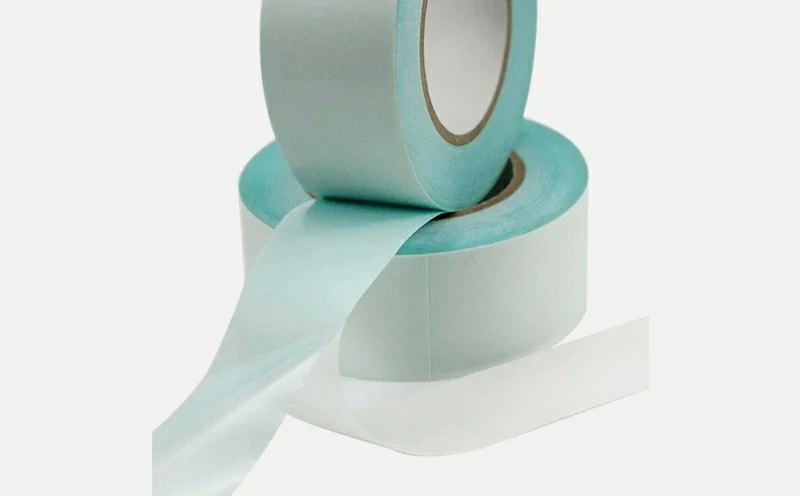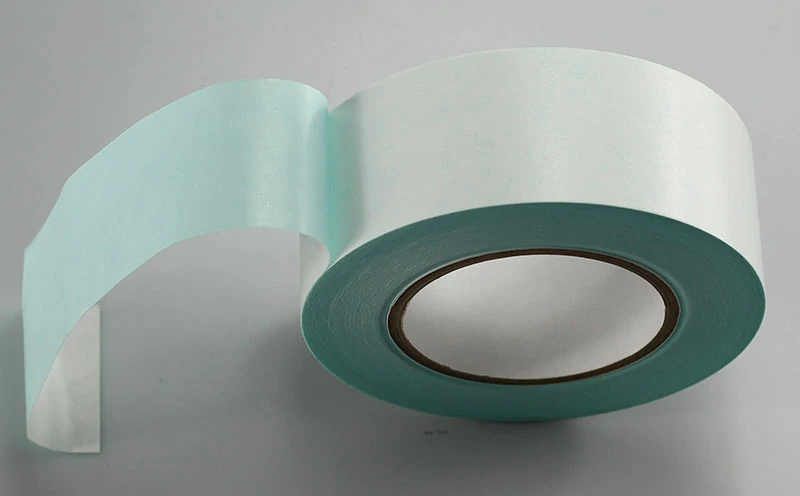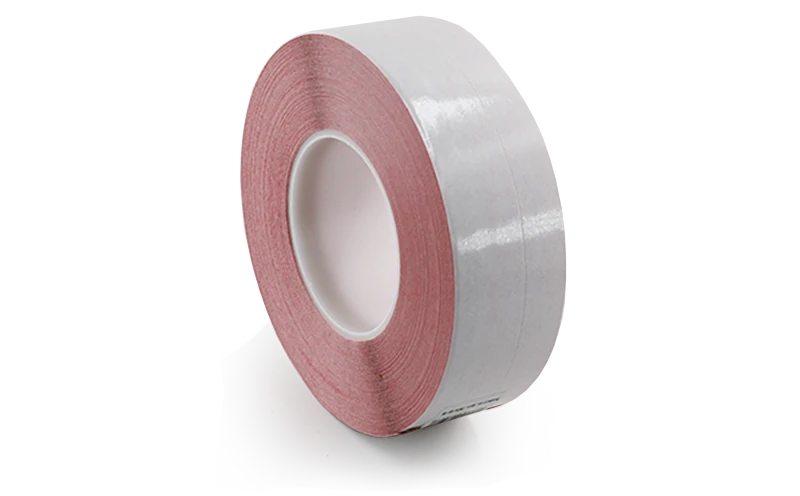Splicing tape is crucial in the paper industry, particularly in paper manufacturing and printing processes, where it helps in joining the end of one roll of paper to the beginning of another, ensuring seamless production and maintaining the integrity of paper rolls. This allows for continuous operation of paper machines and printing presses, reducing downtime and increasing efficiency.
The tape used in the paper industry needs to have specific properties to ensure a strong and reliable bond without leaving any residue or affecting the quality of the paper. It should also be able to withstand the tension and stress of high-speed paper processing machinery.
Steps for Using Splicing Tape
Preparation
1. Select the Right Tape
Choose a splice tape that suits the paper type and the specific requirements of the process (e.g., heat resistance, tensile strength).
Adhesive Strength: The adhesive should be strong enough to withstand the tension and stress of the paper processing machinery.
Repulpability: If repulpability is required, ensure the tape is compatible with the recycling process.
Tape Width: The tape width should be appropriate for the size of the paper rolls.
Environmental Considerations: If environmental concerns are important, choose a tape that is made from sustainable materials.
2. Prepare the Rolls: Ensure that the rolls of paper are properly aligned and the ends are cut straight to make a clean, even joint.
3. Clean the Surface: The paper surface where the tape will be applied should be free of dust, oil, and other contaminants to ensure good adhesion.
Application
4. Apply the Tape:
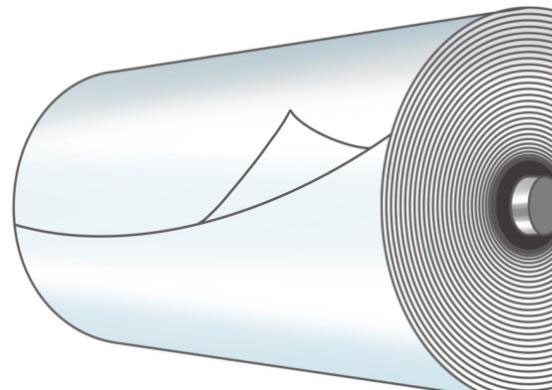
Fold back top paper sheet of the new paper reel
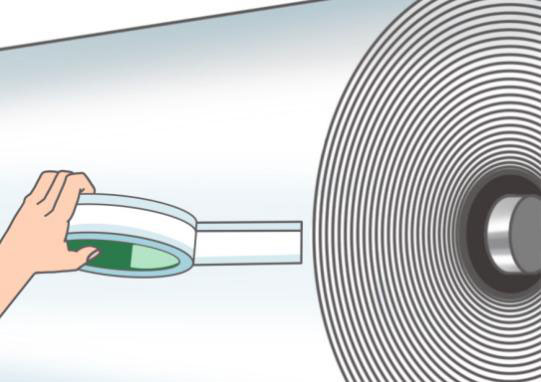
Apply the Splice tape along the tube axis
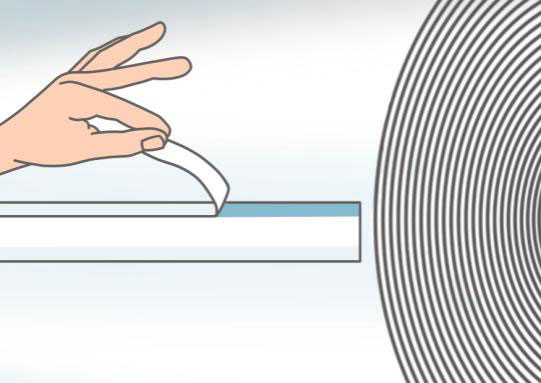
Remove the narrow part of the liner of splicing tape
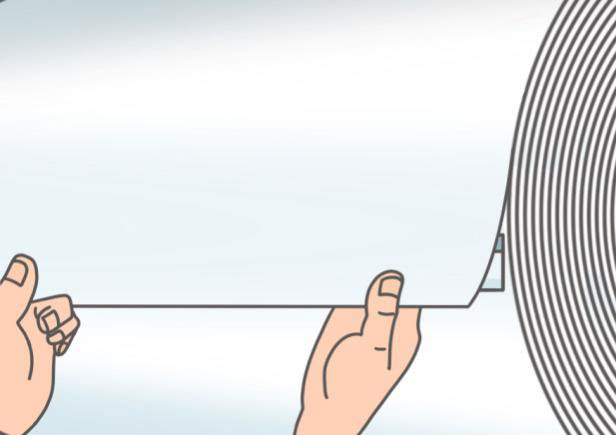
Stick the top paper sheet on the splice tape
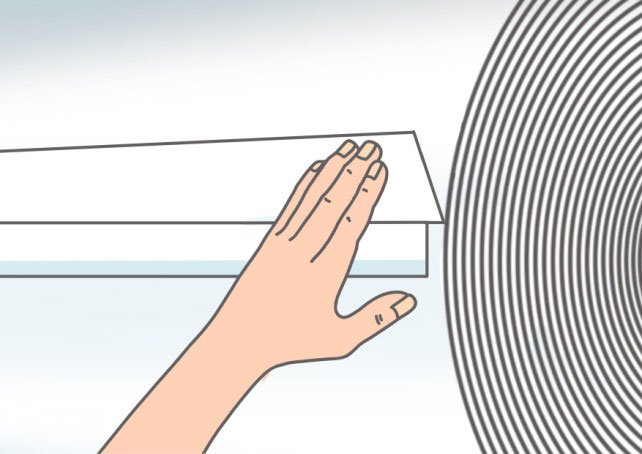
Fold back the overlapping paper sheet
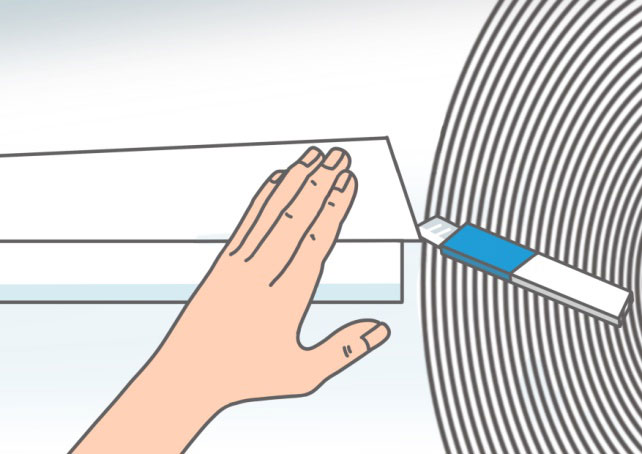
Cut away the overlapping paper sheet
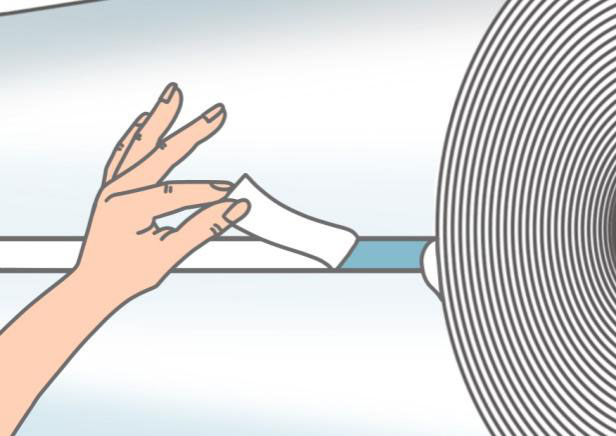
Remove the other part of liner of splice tape
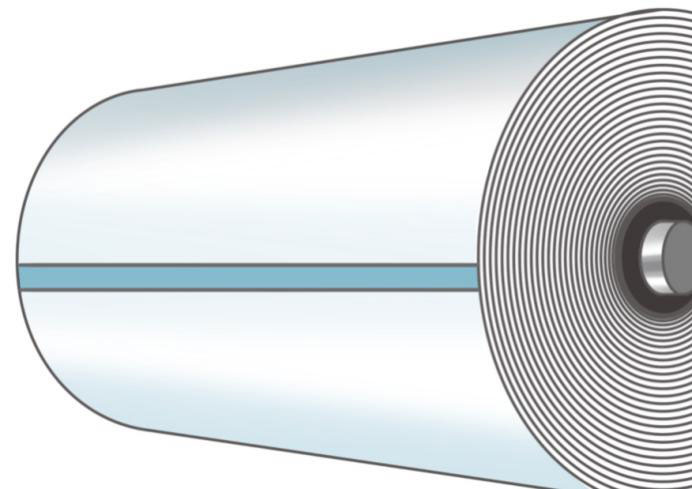
Ready to splice paper reel
5. Press Firmly: Use a roller or a similar tool to press down on the tape after application to ensure that it is securely bonded without any air bubbles or wrinkles.
Testing and Monitoring
6. Test the Splice: Before running the paper through high-speed machinery, it's important to test the splice under tension to ensure it holds.
7. Monitor the Splice: Keep an eye on the initial performance of the splice. If the tape is performing well, it should not cause any disruptions or breaks.
Tips for Effective Splicing
Temperature and Humidity Considerations: Make sure the environment where splicing occurs is controlled for temperature and humidity, as these factors can affect the adhesive qualities of the tape.
Proper Storage of Tape: Store the splice tape in a cool, dry place away from direct sunlight to maintain its adhesive properties.
Regular Training: Ensure that operators are trained regularly on the latest techniques and best practices for splicing to minimize errors and improve efficiency.
Using splicing tape correctly is vital for maintaining the quality and continuity of paper production. Proper splicing not only reduces waste but also increases the operational efficiency of paper machines and printing presses.

